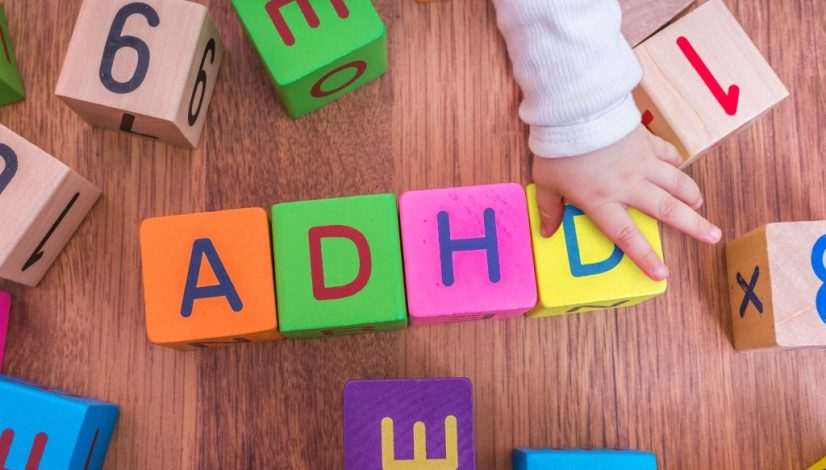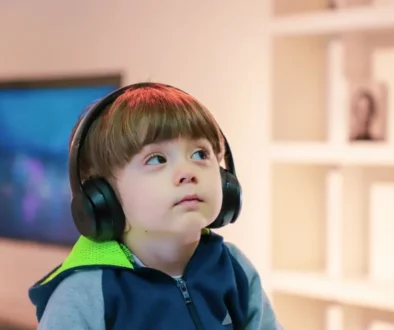What Is the Difference Between Autism and ADHD?
A lot of the visible effects of autism and ADHD look similar. It can be tough to decipher the difference and notice these traits in your child. We’re going to run through some of the distinct factors involved in both diagnoses, giving you an idea of what to look for.
The information below can give you a better idea of what both autism and ADHD are, allowing you to notice symptoms in your child. So, what is the difference between autism and ADHD?
Let’s get started.
What Is The Difference Between Autism and ADHD?
Let’s start by addressing the question, “what is ADHD?”
Attention deficit hyperactivity disorder (ADHD) is a neurodevelopmental disorder that impacts an individual’s ability to focus, stay still, and refrain from impulsive behaviors.
These can make it difficult for the person to follow given rules or guidelines in the ways that other individuals might. As a child, that might lead to a significant amount of negative feedback. That can make it hard to generate positive self-esteem or maintain motivation to push one’s self.
Further, someone with ADHD might be prone to lash out or have tantrums in the face of imposed rules or guidelines. Impulsivity and difficulty managing those thoughts and feelings come together and generate emotional bursts.
Symptoms to Look Out For
As we noted, one of the primary symptoms of ADHD is difficulty focusing on a single task. The person might have trouble staying organized, completing sets of tasks, engaging with peers, waiting their turn, holding impulses, or dealing with strong sensory inputs.
It can be difficult to identify these traits in children because many kids without ADHD display groups of these symptoms as well. Deciphering whether your child has ADHD is a lot easier with the help of a professional.
What Is Autism?
Autism exists on a spectrum, meaning that there is a wide range of behaviors and symptoms associated with autism. As a result, it’s referred to as Autism Spectrum Disorder or ASD.
ASD is a developmental disability that impacts communication, behavior, and cognition. Most individuals with autism don’t show any physical signs of the disorder. It’s not as if you could look at somebody and say whether they have autism.
Further, autism might contribute to a person’s cognition in profound ways. Some individuals might need a lot of help in certain subjects, while others might be gifted in others. Often, we see that there’s a combination of both of those realities in individuals with ASD.
The autism spectrum includes many disorders that were previously categorized in different ways. Autism, Asperger syndrome, and other non-specified developmental disorders get included in the spectrum.
Symptoms to Look for
Individuals with ASD might display a number of common symptoms. There are a few signs and symptoms that thread throughout autism spectrum disorders, but it’s important to note that there’s an infinite number of variations within any spectrum.
One case will most likely look different than the next.
That said, the individual might have trouble making eye contact and is generally not interested in physical contact. They might also show unique speech patterns or repeat particular phrases.
Sensory input might also be a difficult area for the individual. Sensory overload is easy, and the individual experiences a lot of anxiety and frustration in the wake of overwhelming experiences. Difficulty communicating those experiences can lead to even more frustration.
Individuals with autism might also enjoy a very specific routine. Changes to that routine can be difficult.
Verbal acuity might be very advanced but contrasted by difficulty reading social cues or responding to body language. These are some of the baseline symptoms that professionals look out for, but they are by no means definitive.
The existence of symptoms listed above isn’t definite signs that someone has an autism spectrum disorder.
Overlapping Signs and Symptoms
The symptoms of ADHD often overlap, especially in children.
In many instances, there’s difficulty paying attention to people. Further, it might be challenging for both sets of individuals to learn body language or understand verbal cues. Emotional regulation can be a challenge in both instances as well, so there might be a larger number of meltdowns or tantrums.
Further, language delays, high sensory responses, and defiance might overlap. It’s important to note that many individuals with an autism spectrum disorder may have ADHD as well.
Research shows that a significant number of individuals that have ASD show symptoms of ADHD. A smaller percentage of individuals with ADHD show symptoms of ASD.
Methods of Testing
Testing is the best thing to do if you’re unsure about the symptoms your child is displaying. We offer ASD testing that occurs over the course of four visits that analyze different aspects of a child’s personality that can be indicative of ASD.
If you’re to find out that your child likely does have ASD, we offer help with resources and different methods of management that you can pursue with.
ADHD testing is an important thing to do as well. These tests should be conducted independently of one another, as the nature of testing is different for both disorders. The sooner that a parent identifies the disorder in their child, the better the chance that the disorder can be managed well.
While these are chronic disorders, that doesn’t mean that an ASD or ADHD diagnosis has to interfere with a happy and productive life. The sooner in life these things are detected, the better the individual can adapt with healthy responses and mechanisms to manage them.
What to Learn More About Autism?
So, understanding “what is the difference between autism and ADHD” can be a difficult thing to do. The best course of action is to have tests conducted.
We’re here to help you with more information on how to follow through with those examinations. Explore our site for more ideas on autism, ADHD, comorbidity, autism and ADHD differences, and more.



